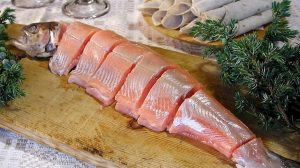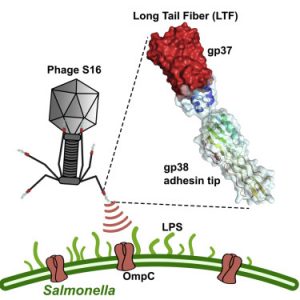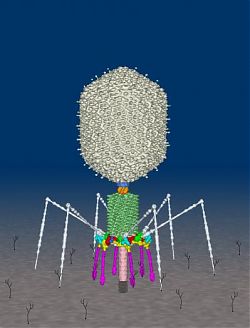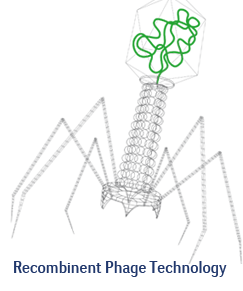Listeria monocytogenes may persist in food production environments and cause listeriosis. In Norway, a product of concern is the traditional and popular fermented fish product “rakfisk”, which is made from freshwater salmonid fish by mild-salting and brine maturation at low temperatures for several months. It is eaten without any heat treatment, and L. monocytogenes, therefore, poses a potential hazard.
 We investigated the effect of salt and temperature on the growth of L. monocytogenes in rakfisk during the 91 days of maturation. The amounts of organic acids produced during fermentation were too low to inhibit growth of L. monocytogenes.
We investigated the effect of salt and temperature on the growth of L. monocytogenes in rakfisk during the 91 days of maturation. The amounts of organic acids produced during fermentation were too low to inhibit growth of L. monocytogenes.
Temperature was clearly the most important parameter for controlling L. monocytogenes. At 7 °C, approximately 2 log growth was observed during the first 14 days of fermentation, and the level of L. monocytogenes thereafter remained constant. At 4 °C, only a little growth potential of the pathogen was recorded. We also investigated the effect of the anti-Listeria bacteriophage P100 on rakfisk with added L. monocytogenes. The phage was introduced to the L. monocytogenes-inoculated fish before fermentation, and an average of 0.9 log reduction was observed throughout the fermentation period.
This is the first study of L. monocytogenes behavior in rakfisk and points to possible measures for increasing the product safety.
Growth behavior of listeria monocytogenes in a traditional Norwegian fermented fish product (rakfisk), and its inhibition through bacteriophage addition
Foods
Lars Axelsson, Guro Alette Bjerke, Anette McLeod, Ingunn Berget and Askild L. Holck





